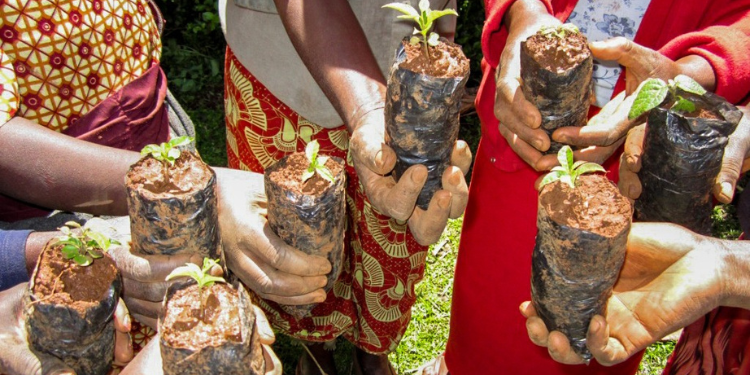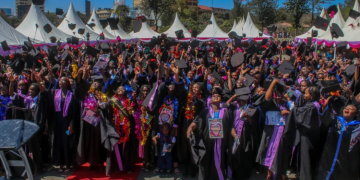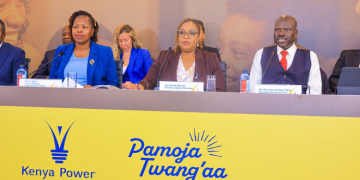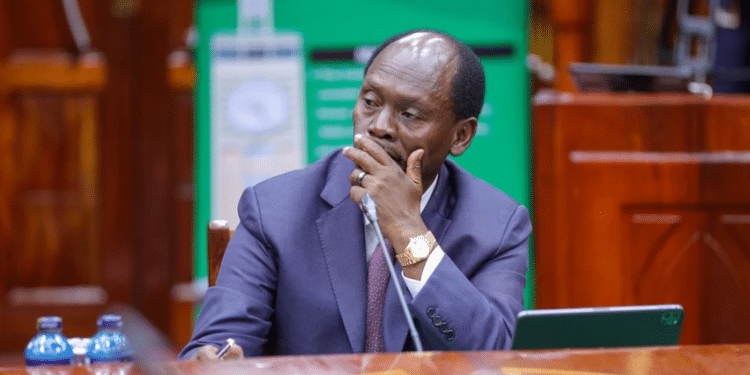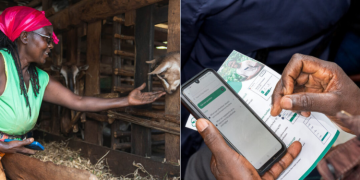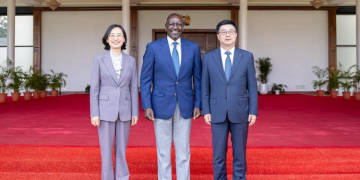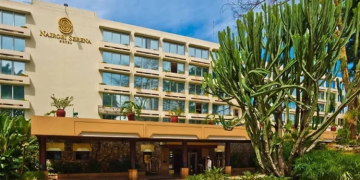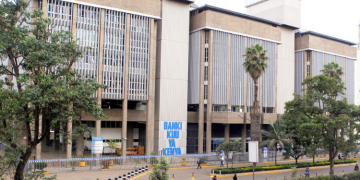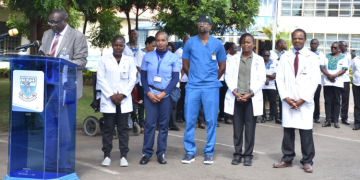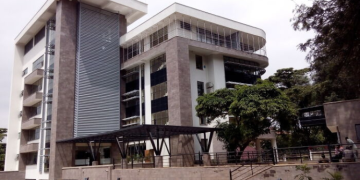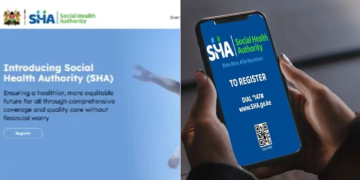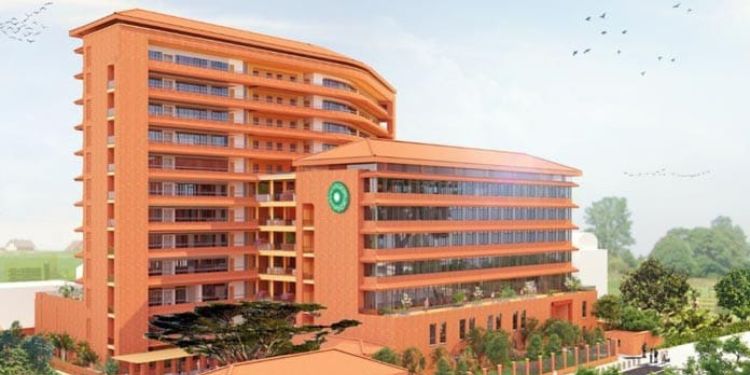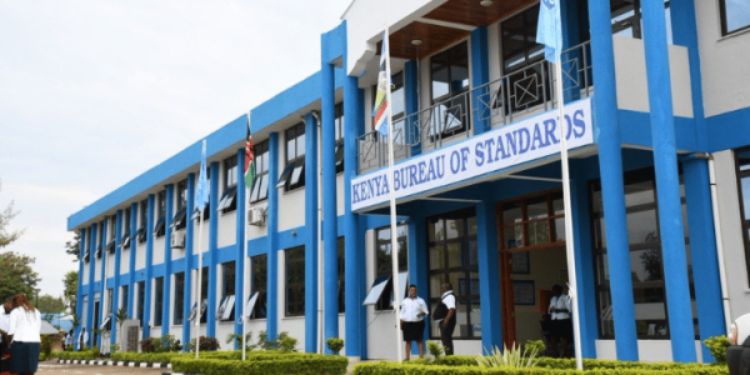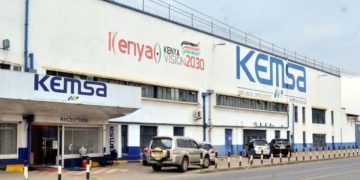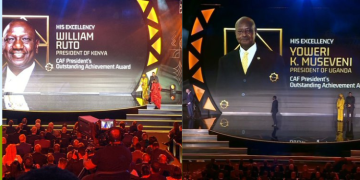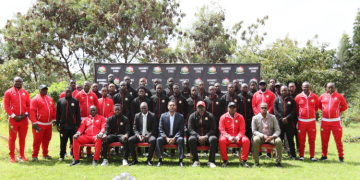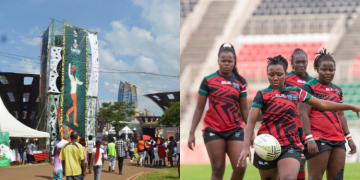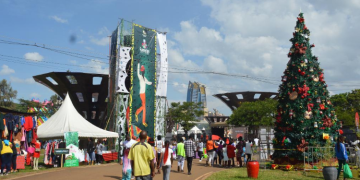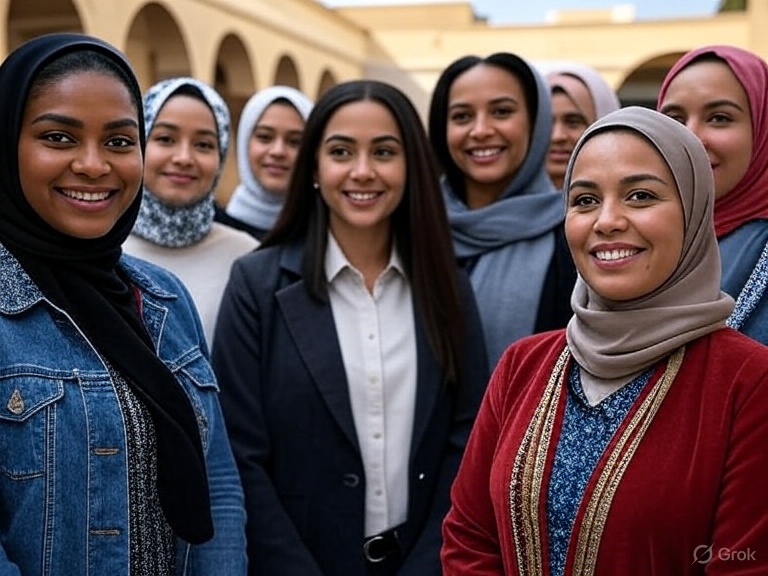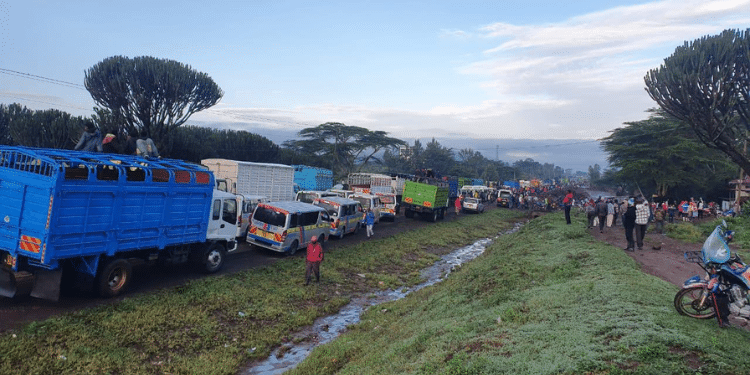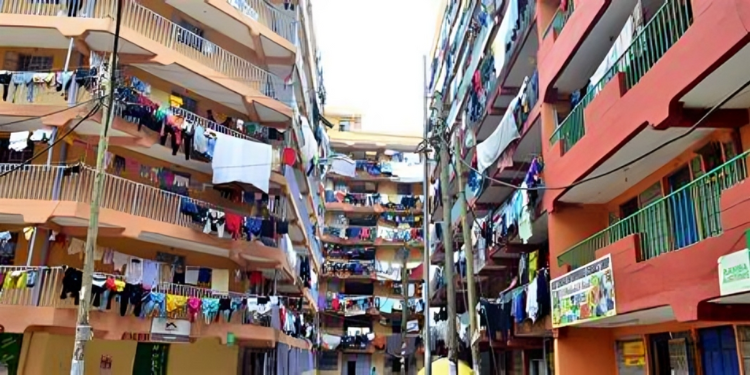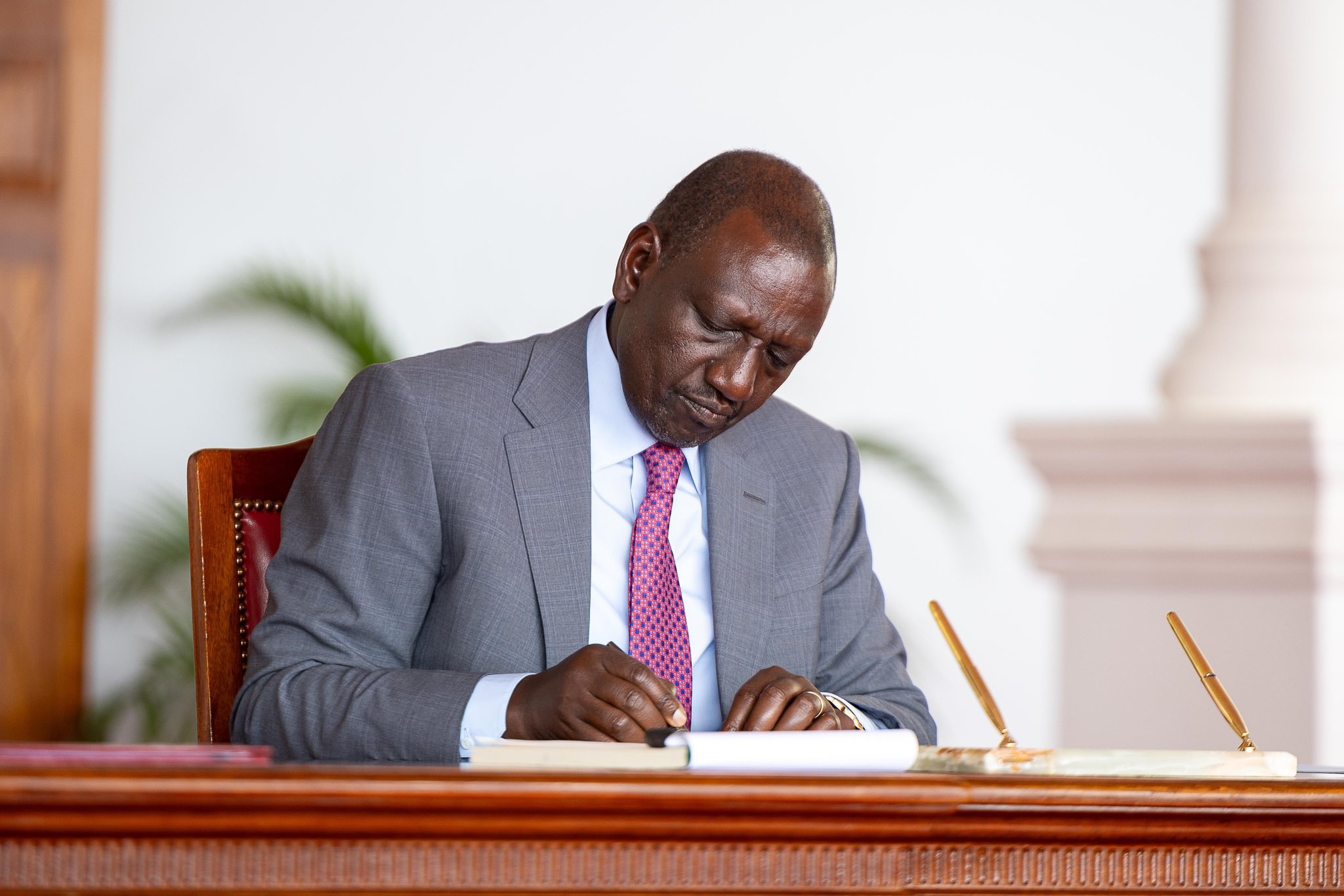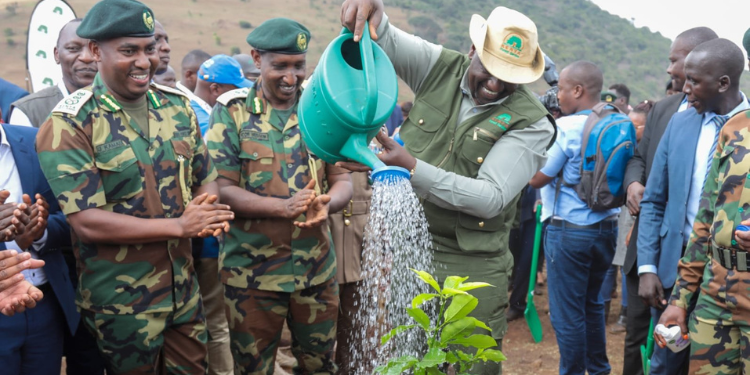Applying for a biodiversity conservation permit in Kenya is a regulated process overseen by national authorities to ensure responsible access to the country’s biological resources.
The country’s rich ecosystems, from savannahs to coral reefs, are protected under laws and regulations administered by the National Environment Management Authority (NEMA) and the Kenya Wildlife Service (KWS).
Anyone seeking to access or utilize biological resources for research, conservation, or commercial purposes must obtain a Biodiversity Conservation Permit, also known as an Access Permit.
Who Needs the Permit?
The permit is mandatory for individuals, institutions, or companies intending to:
- Conduct research involving genetic resources.
- Engage in bio-prospecting or conservation activities.
- Export biological specimens.
- Utilize biodiversity for industrial or commercial purposes.
Exemptions apply only to local community exchanges for personal use or food, as outlined in the Environmental Management and Coordination (Access to Biological Resources and Benefit Sharing) Regulations, 2025.
Step-by-Step Biodiversity Conservation Permit Application Process
- Online Registration and Submission
Applicants must begin by creating an account on the NEMA Licensing Portal.
After logging in:
- Navigate to the “Bio-Diversity” section.
- Fill out the Access Permit Application Form.
- Upload required documents (research proposal, institutional affiliation, consent forms).
After verifying all entries and documents, submit the application electronically.
You’ll receive a confirmation and tracking number for follow-up.
- Public Notification and Review
Once an application for a biodiversity conservation permit is submitted through the NEMA portal, it enters a mandatory public review phase.
This step ensures transparency and allows stakeholders to raise concerns or support the proposed activity.
NEMA publishes a notice of the application in the Kenya Gazette and at least one national newspaper.
This public announcement includes:
- The name of the applicant.
- The nature and location of the proposed activity.
- A summary of the biological resources involved.
This publication initiates a 21-day public comment period, during which individuals, institutions, and community representatives may submit written feedback or objections to NEMA.
After the comment period, NEMA consolidates public input and expert assessments.
The application is reviewed against the Environmental Management and Coordination (Conservation of Biological Diversity and Resources, Access to Genetic Resources and Benefit Sharing) Regulations, 2023.
- Decision and Communication
After the public review period concludes, the National Environment Management Authority (NEMA) initiates a formal evaluation of the application.
This phase is governed by Regulations 14 to 16 of the Environmental Management and Coordination (Access to Biological Resources and Benefit Sharing) Regulations, 2025.
NEMA assesses the application based on:
- Compliance with legal and procedural requirements.
- Adequacy of Prior Informed Consent (PIC) and Mutually Agreed Terms (MAT).
- Environmental and social impact considerations.
- Feedback from stakeholders and lead agencies.
The Authority may consult additional experts or request clarifications from the applicant during this phase.
Within 60 days of receiving a complete application, NEMA may grant the Access Permit if all conditions are met.
Alternatively, the application may be refused, with written reasons provided to the applicant.
The final decision is formally communicated to the applicant via:
- Official email notification through the NEMA portal.
- Issuance of a physical or digital permit document.
- Updates to the Register of Access Permits, which is publicly accessible.
If the permit is granted, the applicant is authorized to commence the activity under the terms specified.
- Required Documents
To apply for a biodiversity conservation permit in Kenya, applicants must submit a comprehensive set of documents that demonstrate legal compliance, ethical engagement with local communities, and clarity of purpose:
- Research proposal or project brief.
- Institutional affiliation letter.
- Prior Informed Consent (PIC) from local communities.
- Mutually Agreed Terms (MAT) for benefit sharing.
- Material Transfer Agreement (if applicable).
For foreign applicants or those conducting scientific studies, additional documents include:
- Researcher’s Pass from the Department of Immigration.
- Research License from the National Commission for Science, Technology and Innovation (NACOSTI).
- Fees and Validity
Fees vary depending on the nature of the activity, the type of applicant (local or foreign), and whether the biological material is being exported. While exact figures are subject to periodic updates, the general categories include:
- Application Processing Fee
Paid upon submission of the application via the NEMA portal. - Permit Issuance Fee
Charged once the application is approved and the permit is ready for release. - Renewal Fee
Applicable if the permit holder seeks to extend the validity beyond the initial term.
Also Read: How to Apply for an Environmental Impact Assessment (EIA) Licence in Kenya
Applicants are advised to consult the official NEMA fee schedule or contact NEMA directly for current rates.
Validity Period
A biodiversity conservation permit is typically valid for one year from the date of issuance.
Renewal is permitted once, for an additional year, subject to payment of the renewal fee and compliance with any new conditions imposed by NEMA.
Also Read: Step-by-Step Process of Renewing Your EIA License in Kenya
Permits are non-transferable and must be used solely for the approved activity and location.
Failure to comply with the terms of the permit may result in suspension or cancellation, as outlined in Regulation 19 of the governing framework.
Follow our WhatsApp Channel and X Account for real-time news updates.
